Right up until recent times, buying second hand meant trawling through thrift shops, rummaging through troughs of clothing sold by the kilo or treating yourself to a vintage piece in a slightly upscale consignment sales outlet. But in the space of a few years the phenomenon has gone into off-the-scale proportions.
Buying second hand is taking hold as a norm for more and more consumers who are over fast fashion and aware of the consequences of this overproduction of clothing. This environmentally-responsible transition, which accounts for the rapid development of new sales platforms, is also prompting more and more players (brands and distributors alike) to put their own setups in place to get a slice of the cake.
Beyond motivation that’s purely environmental
You might think that the environmental damage done by fast fashion would be the only thing driving this second-hand movement. Strangely enough, it’s not the only explanation for the success of this new market.
Second hand no longer has negative connotations
Consumer patterns have changed in a fundamental way over time. Buying second-hand clothes no longer has negative connotations as a social or economic marker. Buying second hand is no longer something we associate with poor quality, or with garments sold off at rock-bottom prices, at all. Not only has it become a normal thing to do, but a truly militant act of which we feel proud and which we stand up for.
An environmentally-responsible epiphany
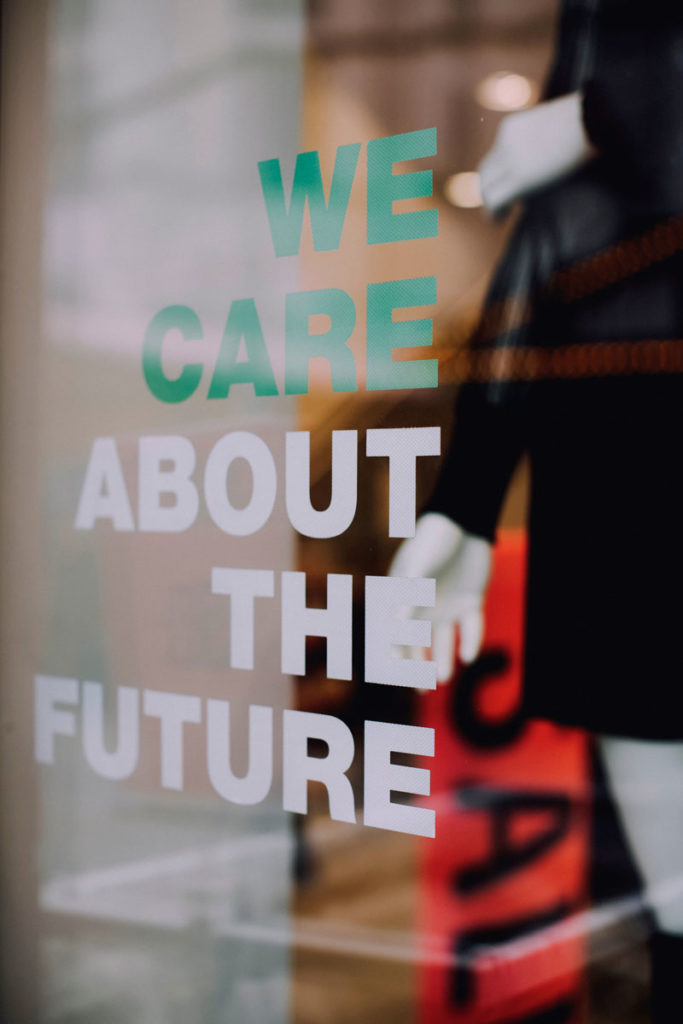
The growing concerns of consumers when it comes to environmental responsibility – having been accentuated since the onset of the public health crisis – are promoting the growth of this market. According to a study conducted in 2020 by Boston Consulting Group for the Vestiaire Collective platform, 70% of the panel stated that they opt for second hand clothing due to its sustainability, compared to 62% in 2018. And nine out of ten Generation Z consumers like the idea of buying second-hand clothes. These sustainability converts, who are aware of the role they have to play in getting the fashion industry to change for the sake of the environment, are turning their backs on fast fashion and its catastrophic consequences for the planet and looking to the second-hand clothing sector. It’s an affordable, non-polluting alternative, since the garment has already been produced. These converts are won over by the idea of circular fashion, which keeps waste in check and extends a garment’s lifespan. Not very active on the resale segment, they don’t seek out low prices, but are committed users of a great many platforms.
From economic considerations to “snobbiness”
But other criteria also account for the decision to buy second hand: the economic aspect is obviously a deciding factor. Since the clothes – often produced via fast fashion – are up for sale for a few euros, it’s possible to get kitted out without spending much. For younger consumers, this type of purchase allows them to keep on making excessive purchases without breaking the bank, or feeling guilty about it. These impulsive, fashion-forward consumers, who act as both buyers and sellers, part company with their clothes in order to be able to buy second-hand ones to take their place.
Conversely, older consumers, who seek out high-added-value items, are also won over by the second-hand market that gives them access to unique, exclusive products.
A wish to find something singular
Fashionistas are attracted to the singular nature of garments. The second-hand market gives them access to past collections and those from other eras (as well as revivals of disco or 70s pieces), or to unique designer pieces. Some even see it as a way to snap up clothes that they can upcycle however they want, putting together a look that’s all their own.
The boom of the second-hand market
The second-hand customer community is growing constantly.
An increasing number of devotees
In 2019, worldwide, 25% of shoppers bought a second-hand fashion item, compared to 24% in 2018. This represents around 10 million more customers in the space of a year for the second-hand market.
According to FashionNetwork, 29% of the French population bought second-hand clothes in 2021, compared to 16% in 2018.
In addition, a study conducted by Boston Consulting Group on 7,000 consumers in six countries (France, Germany, Italy, Spain, the UK and the USA) shows that 69% of respondents state that they would be prepared to buy more second-hand pieces in future. So by 2023, second-hand clothing will account for 27% of the clothing inventories of consumers who buy second hand, compared to 21% currently.
BCG surmises that in 2028, the second-hand clothing market will overtake the fast fashion market in volume terms. The worldwide second-hand market is currently valued at between 30 and 40 billion US dollars (25 to 34 billion euros), equal to 2% of the whole fashion and luxury sector. Over the coming five years, the worldwide second-hand clothing market is expected to grow by 15 to 20% per year. In France, it is worth 1.16 billion euros (Kantar figures).
This is a phenomenon that the public health crisis has amplified in two ways. The fashion division of the Kantar research company showed that in 2020, during the lockdowns, 40% of the French population had a cupboard clear-out… Thanks, Marie Kondo!
The Instagram effect
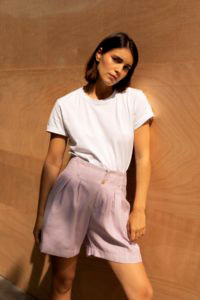

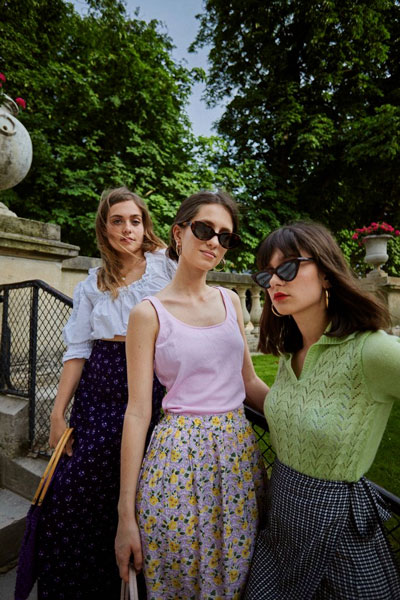
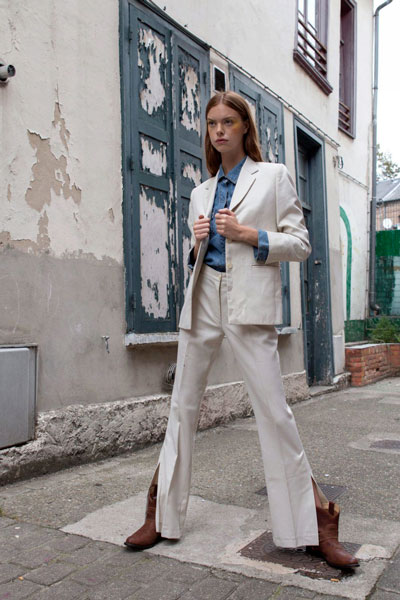
On Instagram, stylists specialising in second-hand clothes showcase their latest finds from thrift shops. Behind accounts like Zoé Léger Vintage, Imparfaite, Petite Chineuse and Lapin Vintage, there are slick digital showcases brimming with vintage or second-hand pieces. Going by the growing number of followers, it’s clear that are they managing to attract more and more hard-to-convince types who would otherwise have found it difficult to take the plunge.
The second-hand success story
From clothes browsed for in jumble sales to consignment sale outlets to specialist sites and platforms.
From browsed-for items to high-end digital platforms
The older generation will remember Guerrisold and la Ressourcerie (in France), Sunday jumble sales and neighbourhood consignment sale outlets. Rummaging through, picturing how garments might look on, laundering and ironing to get them looking decent were all part of the fun.
Then, in the late 2000s, the first digital marketplaces made an appearance: eBay internationally, then Le Bon Coin in France. Then, in 2009 came the specialist fashion resale sites that became leaders in the sector: Vestiaire Collective (initially called Vestiaire de Copines) and Vide Dressing. But Vestiaire Collective and Vide Dressing remain the digital counterparts of high-end consignment sale outlets. They only accept luxury brands, and the sites each take a hefty commission linked to their authentication service, which offers security for the buyer and is the key to their success. Vestiaire Collective went from 1.5 million registered users in 2013 to 11 million European users in 2021. As for eBay and Le Bon Coin, they are still very much broad-based sites.
The phenomenon that is Vinted

This app has been shaking up the French fashion market over the past two years. Because it’s the first marketplace to offer a peer-to-peer file-sharing service that makes it possible to buy low to mid-range second-hand items quickly and securely.
Vinted was set up in Ukraine in 2008, and reached France in 2013. This community-based site owes its rapid development to a stroke of genius. In 2016, the current CEO Thomas Plantenga took the daring step of scrapping commission fees to make for simpler transactions between sellers and buyers, replacing commission fees with a 5% “buyer protection” fee. The fast, user-friendly app accounts for the platform’s success among millennials and younger users. Vinted totals 30 million users in Europe, including 12.5 million in France as of 2020. It was France’s 6th most visited online store in the 2nd quarter of 2020 (Fevad/Mediamétrie). France accounts for around a third of its turnover. This impressive phenomenon is worrying all players in the sector.
Everyone is following suit
While platforms have become the main second-hand clothes resale channel in France, a ricochet effect can be observed. Fashion distributors and brands are aware that this thriving market could elude them, and over the past two years they have been trying to incorporate second-hand sales into their offering. The year 2020 marked a real acceleration when it came to trying out the second-hand segment, from hypermarket to high-end fashion.
Initiatives from bricks-and-mortar and digital distributors
Last year, a great many distributors created a second-hand tab or section.
In December 2020, La Redoute launched its own space for private individuals to swap used items, called “La Reboucle” and accessible via its portal or app. On the marketplace section of its French site, fashion platform Spartoo offers several thousand second-hand garments for sale with the help of a specialist subcontractor (Patatam). Cdiscount previously launched such a service, as did Zalando, on an international scale.
In addition, Auchan, Kiabi and Promod are among the many players to have put second-hand clothes sections into their stores over the past year. Again, the clothes don’t necessarily come from their own rails in the first place. They are provided by two subcontractors who specialise in the collection of second-hand items. Which leads to an odd turn of events: a Zara dress on sale at Auchan for 8 euros!
Brands want to take back control
Brands are now concerned about the “dilution” of their image and about the risk of seeing their products turn up on sites that they are not happy to be associated with. Resale of their goods is not the only problem, either. So some high-end French brands have embarked on initiatives to lend value to the second-hand segment. Cyrillus has set up its own resale platform, called Seconde histoire.Petit Bateau was one of the pioneers in this respect, with an app that went live back in 2017.
Since 2012, A.P.C. has been taking back its pre-worn jeans in its stores. Once laundered and carefully ironed, they are put up for sale. Customers bringing back their jeans get a 50% discount on a new pair in return.
Though second-hand sale is still viewed as a service, this desire for a circular setup often masks a (less than altruistic) aim of generating new sales by channelling the sums of money that change hands virtually between consumers. As we have seen, the proceeds of sales can be withdrawn in the form of cash or vouchers. In the latter case, bonus percentages are added (20% at Kiabi, 25% at La Redoute, 30% at Promod and 30% at Maison 123. And 60% of customers opt for vouchers.
Ba&sh has devised a really smart system to promote customer loyalty, authenticate and acquire customers while retaining control of its brand image. This system provides an incentive to sell on Ba&sh clothes on second-hand platforms, via the brand’s site. Customers can put a garment up for sale by clicking a button in their order history. This generates a digital identity certificate for the garment in question. Once it is sold on, the new owner can look up its history thanks to this unique certificate. The aim is both to keep customers in the brand environment and to acquire new customers who would not have bought these garments brand new.
Luxury players join in
In the luxury segment, Gucci and Stella McCartney have teamed up with American site The RealReal to sell their products second hand. LVMH group stated that it was giving some thought to the subject, during its Climate Week in December 2020.
As for luxury shoe brand J. M. Weston, it has been selling its own vintage shoes since October 2019. Customers can bring back their worn-out shoes, which then get their shine back in the company’s Limoges workshops. Customers bringing back their shoes get a voucher in return. Since January 2020, the Paris branches on the Champs-Elysées and rue Saint-Honoré, and the Tokyo branch, have been displaying them in the shop window at half price.
This is also a way to fight the production and sale of fake branded goods, which is a major problem in this market.
Clothes for hire – another circular setup
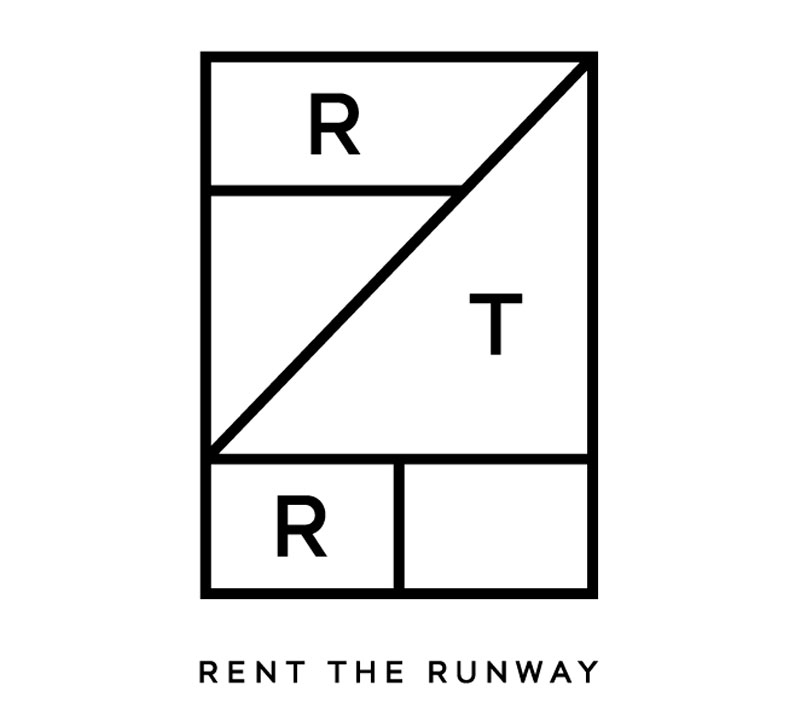

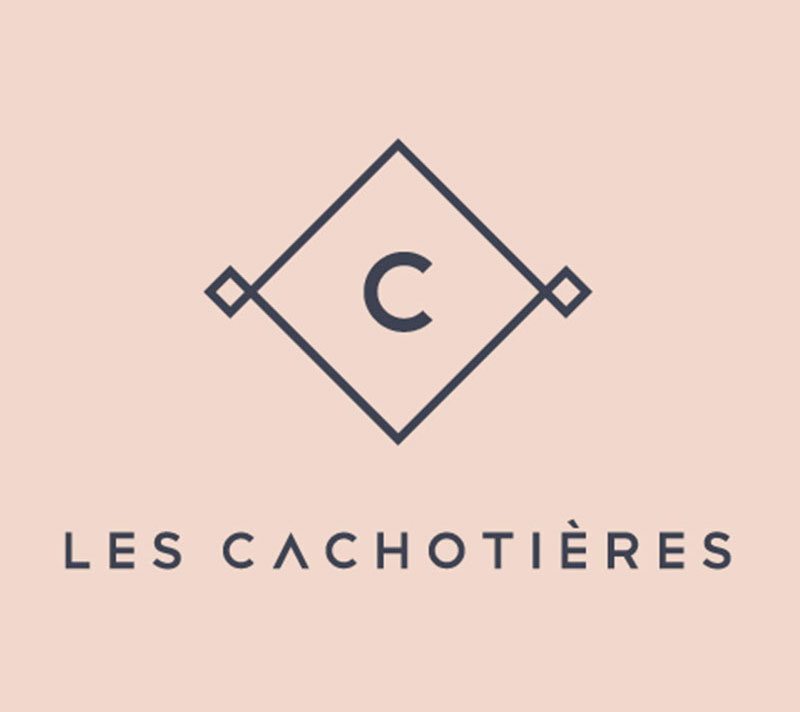
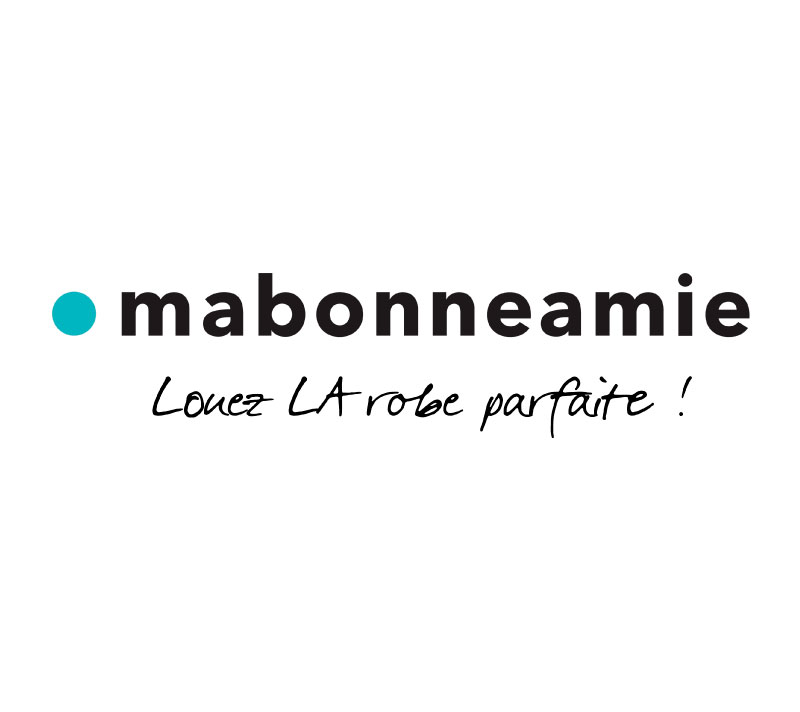
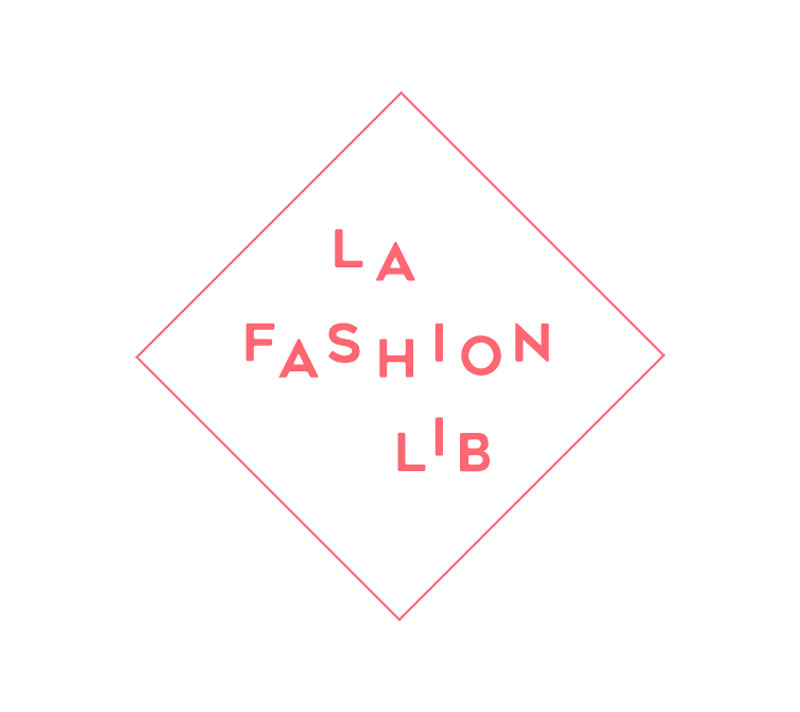
The other economic setup that’s gaining ground among the younger generation is that of sharing and hiring clothes from the wardrobes of other private individuals. RenttheRunway blazed the trail in 2009, with a monthly subscription system. The first services offered were those with a centralised clothing store. But several private off-the-peg hire apps have since popped up, offering this new way to behave as a fashion consumer. They lengthen the garments’ lifespans and make luxury items more easily accessible. By Rotation, Les Cachotières, mabonneamieparis, lafashionlib… Instead of selling and buying, hiring makes it possible to make money out of your clothes inventory or to try out something new for a while.
Whereas on average we wear just 40% of our clothes inventory, there are several ways of lending value to it while avoiding the waste that is overconsumption. The flip side: this circular breed of fashion has already turned into a real cash cow that brands and distributors are trying to get back under their control.







